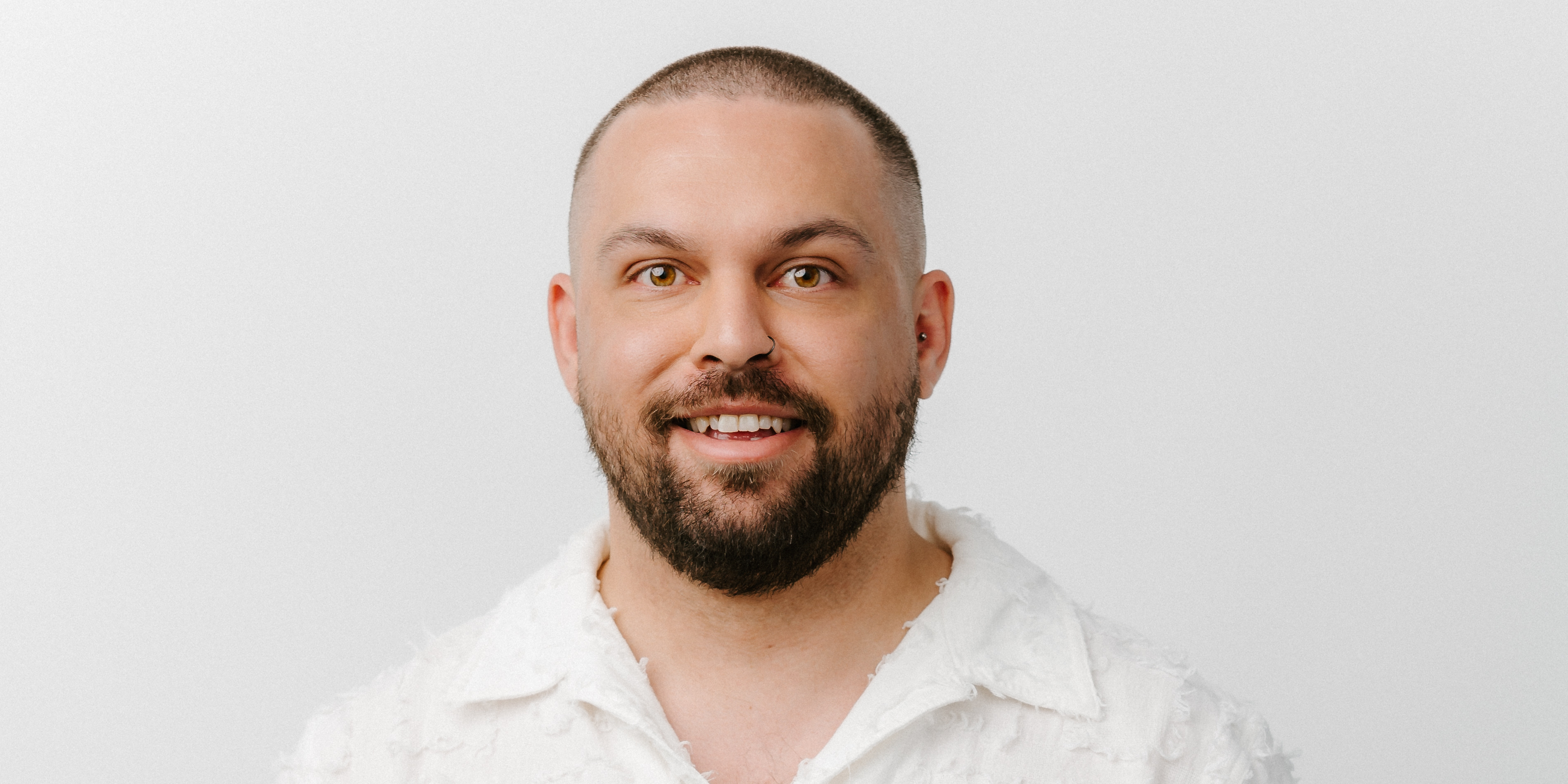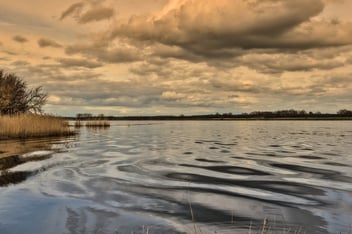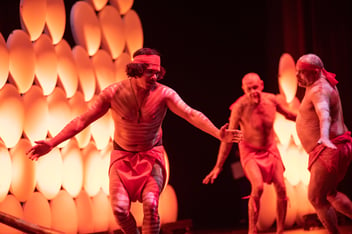Embedding dynamic cultural learning for meaningful reconciliation

Cultural learning is essential for genuine reconciliation, ensuring accountability, self-determination and caring for Country. One water utility has developed a dynamic framework to continually refine and improve on how employees engage with cultural learning to foster cultural safety and drive lasting change beyond compliance.
Ngarrindjeri and Wirangu artist Keedan Rigney, who is also Aboriginal Partnerships Project Manager at Yarra Valley Water, will be presenting at Ozwater’25 on the utility’s approach to cultural learning and engagement under its Reconciliation Action Plan (RAP).
Acknowledging Close the Gap Day (20 March), Rigney said it’s important to continue to centre and reflect on the reasons why cultural learning and engagement are so important in the first place.
"The life expectancy for Aboriginal men is about 71 years, which is roughly eight or nine years shorter than for non-Aboriginal men in Australia,” he said.
“To put that into perspective, the pension age is 67, which means Aboriginal men, on average, only have four years of retirement. That’s a huge difference in quality and length of life. A lot of this ties back to intergenerational trauma.
“The Stolen Generations weren’t a long time ago, just one generation before us. It happened while people were working at this organisation, before it was even called Yarra Valley Water. The effects are still being felt today.
“All of the ‘gaps’ in that report feed into life expectancy. They are all connected. Reading statistics alone can dehumanise the impact, but initiatives like the work we are doing at Yarra Valley Water can help people engage and understand why programs like this are important.”
Yarra Valley Water’s cultural learning approach integrates reconciliation, self-determination and caring for Country into its 2030 Strategy, fostering cultural safety through immersive experiences, Traditional Owner engagement and targeted training.
Rigney said the framework is dynamic – it's been designed to flow through iterations, continual improvement and accountability.
"It is a framework that will constantly change and evolve. We don’t want to fall into the trap of thinking the work we have done in this space is good enough. Instead, we’re building a baseline, a foundation that needs continuous improvement,” he said.
“Even between now and Ozwater’25 in May, the framework will look different. It prevents us from just ticking boxes. And that’s absolutely necessary. We can create a plan, but if we're not learning from what isn't working, we're not actually achieving our goals.”
Purposeful reflection
Rigney said the political and cultural landscape around First Nations issues has changed significantly over the past five years, which is another benefit of Yarra Valley Water creating a framework that was capable of adaptation and improvement.
“Even the language and terminology we used five years ago already feels outdated. We realised we needed something flexible, something that can be updated as we move forward,” he said.
“The framework is also part of our 2030 Strategy. Our guiding principle is ‘Honouring and Healing Country’, which is broken into three focus areas: advancing reconciliation, caring for Country and self-determination.
“One of our goals is to help staff understand that these are three distinct but interconnected areas.
“Just because a team is working on caring for Country initiatives doesn’t necessarily mean they are also advancing reconciliation or promoting self-determination. But once our staff understand these differences, they might also realise they’re already involved in self-determination initiatives without explicitly recognising it.”
Rigney said this interconnection is embedded in the 2030 Strategy, but the bigger picture is to ensure Yarra Valley Water is a workplace where Aboriginal and Torres Strait Islander people can thrive.
“Ultimately, this is about recruiting and retaining future First Nations staff at Yarra Valley Water. We want to ensure they have a culturally safe workplace where they can focus on their roles without barriers,” he said.
Cultural safety
For Rigney, ensuring Yarra Valley Water is a great place for Indigenous employees to work, where they feel safe and able to contribute fully, is all about accountability.
"Our approach is really all about accountability – it bridges the gap between intent and action at Yarra,” he said.
“A lot of people hear that we have a RAP or that we’re doing caring for Country initiatives, but they might not fully understand why or how we’re doing those things.
“We developed this approach to address cultural learning across the organisation because staff were asking for more. They would complete a baseline cultural awareness training and then wonder: What now? How do I apply this to my role?”
There was a gap between the intent to implement cultural awareness and actually applying it in projects, Rigney said, which is why the framework was tailored to teams and informed by insights from across the employee base.
“We interviewed staff across the organisation, both those who work directly or indirectly with Traditional Owners. A one-size-fits-all approach would have excluded some staff, so we knew we had to tailor our framework for different teams,” he said.
“We also considered workload constraints. A common barrier to any kind of training is that people already feel overwhelmed. We didn’t want to add unnecessary content. Instead, we focused on what was essential for each team’s role.
"If a team wants more cultural awareness training, they can organise a half-day session with a Traditional Owner group. If they need guidance on place names, they can consult with a language team. The idea is to bridge the gap between intent and actual implementation.”
Aside from this aspect of the framework that has been uniquely designed, Rigney said tracking progress is also a crucial aspect of the work.
“Tracking progress holds us accountable. If an initiative isn’t working, we need to know sooner rather than later so we can redirect our efforts,” he said.
“We also need to make sure we’re not just doing this for optics. The real impact is for Aboriginal people, many of whom don’t even work here yet. Some of them are still in primary school.
“If we realise too late that an initiative isn’t working, we’ve lost valuable time that could have been spent on something that makes a real difference to our next generation.”
Interested in learning more about how the water sector is striving towards cultural safety and best-practice engagement? Register for Ozwater’25 and check out the specialist stream dedicated to First Nations people, knowledge and participation.



